In this article, cannabis blogger Jessica K shares her cultivation advice.
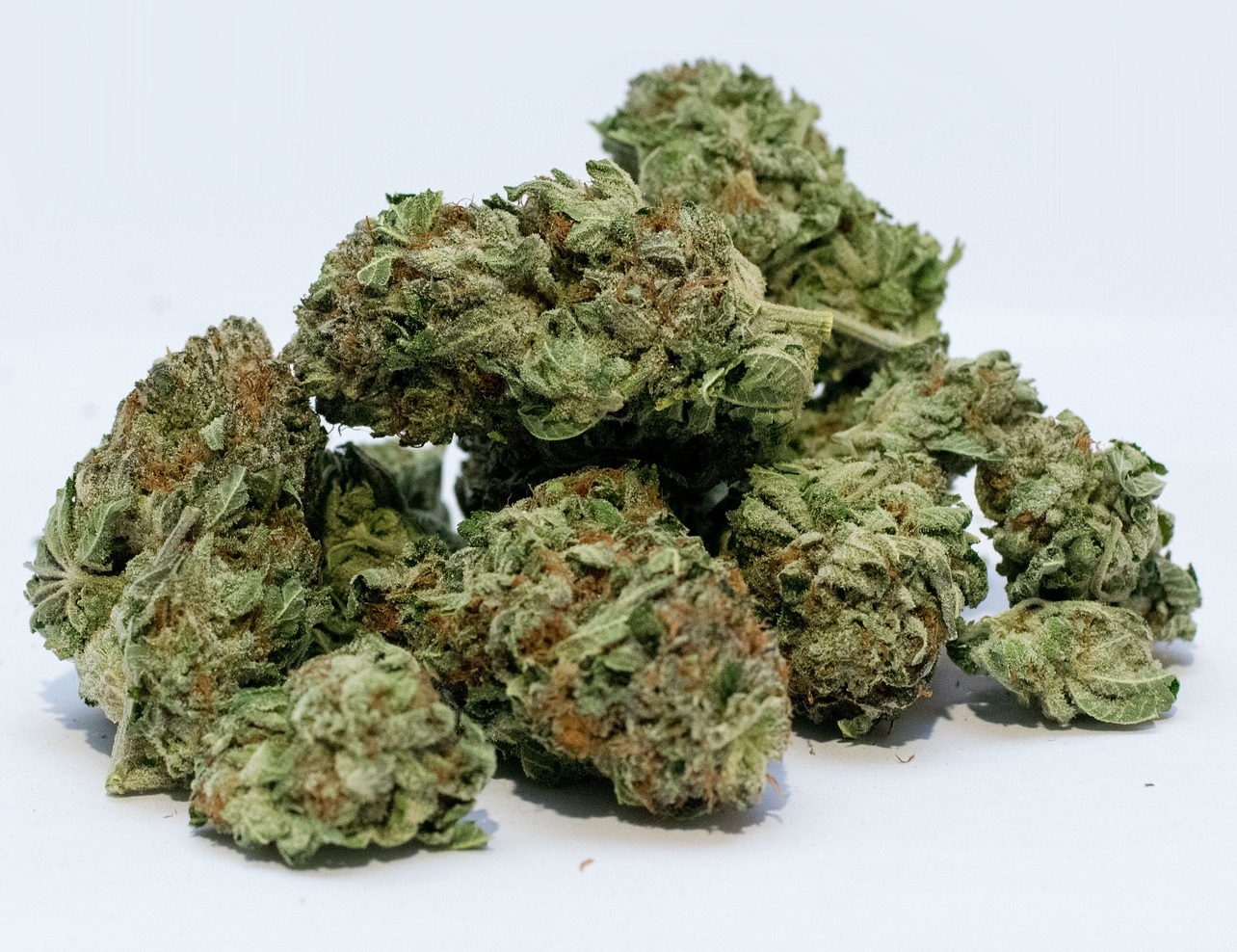
The following is an article produced by a contributing author. Growers Network does not endorse nor evaluate the claims of our contributors, nor do they influence our editorial process. We thank our contributors for their time and effort so we can continue our exclusive Growers Spotlight service.
For several years, Cannabis cultivation was illegal unless done by a licensed grower. With the drafting of new bills and amendment of State laws by various legislators, this has changed a great deal with many states now legalizing the cultivation or/ and dispensing of medical and recreational Marijuana. Cannabis requires minimal inputs and is fairly resistant to diseases and pests. They also grow fast and tall to out compete weeds with minimal need for hand cultivation. If you’re looking forward to investing in the pot economy, large-scale cultivation is probably your best choice.

Here are the 7 tips you would like to consider before making any move.
1. Know and Respect the Law
Legalizing the use of Marijuana doesn’t necessarily mean that growing it is legal. In fact, the rules governing the use and cultivation of Cannabis either for recreational or medical purposes are quite different. Out of the 32 states that have legalized the use of Cannabis, only 15 allows its cultivation either indoors or outdoors. According to Colorado’s marijuana home-growing laws, residents above the age of 21 can grow a maximum of twelve plants in an enclosed location- away from prying eyes. Such restrictions are, however, not applicable in California where organic farmers plant hemp both indoors and outdoors. The scale of cultivation is rather subject to state law and the nature of the farmer’s license. Before shopping the market for exhaust fans and a truckload of soil, do your research and learn more about your state rules.
2. Seed selection is crucial
Cannabis can be harvested for both its seeds, leaves, and flowers. Depending on the final product you want from the plant, genetics plays a major role. When buying seeds, consider a cultivar that has been developed to suit your needs. Feminized seeds, for example, have been developed to offer top quality yields with smokable flowers. Female cannabis also produces the best recreational and medical marijuana and are best picked by cultivators over their male counterparts. Some of the best concentrates, wax and shatter can only be achieved from high-quality genetics.

3. Airflow and Ventilation
The overall quality of marijuana plant especially those grown indoors depends on the airflow. Proper circulation of air reduces the chances of mold which develops in damp and moisture-stagnant environments. To help with ventilation, exhaust systems and fans can be used to pull air out of the space. Some grows use their HVAC to control their environment while others use specialty products such as dedicated AC units and dehumidifiers.
4. Grow as Densely as You Can
To get the best from your investment, it’s economical to grow dense by planting seeds close to each other (but not too close! Large plants can need up to 3 square feet of space). This way, you get ahead of weed control and the plants will grow together and develop a rich, full canopy. More often than not, the industrial cannabis field should look like a wheat field.
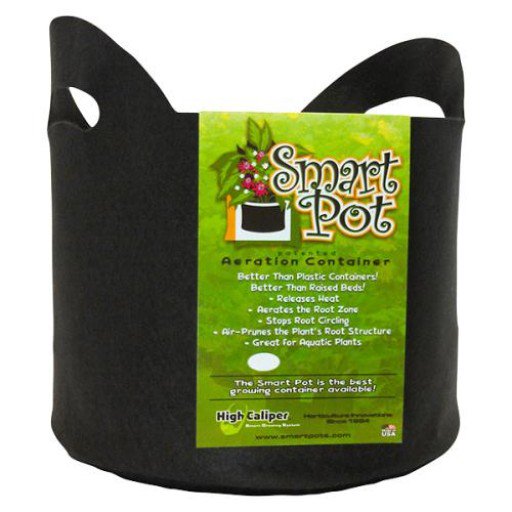
5. Hydroponic vs. Soil Cultivation
Soil gardening is a common cultivation technique used by cannabis farmer. New farming techniques are, however, coming up with hydroponic farming being considered the future of cannabis cultivation. Unlike the tradition soil, hydroponic farming is a high-tech growing method where plants are grown without soil, just water with the necessary nutrients. When it comes to extracting some of the best marijuana concentrates, hydroponic growing has played a critical role. The latter prioritizes on high-tech farming techniques where proper lighting, pH levels, and right temperatures are provided for.
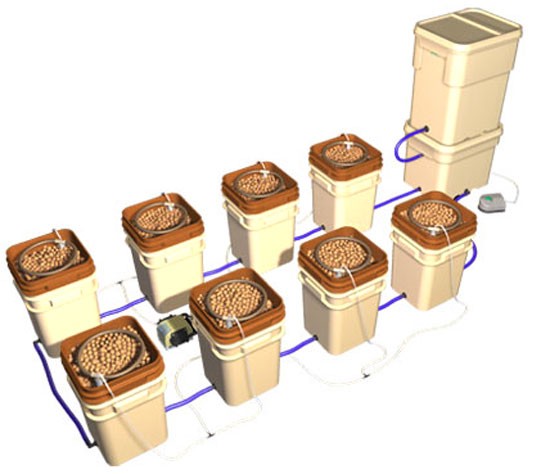
6. Grow in the Right Climate
Cannabis sativa plant can thrive in many environments. The deep tap roots enable the plant to find water and minerals with ease, however, for a healthy hemp crop, additional water through irrigation, watering or rainfall is necessary. Alkaline soil with a pH around 6 is preferred. Additionally, the soils should also be well aerated. Marijuana grown for personal consumption can be grown indoors where humidity levels, temperature, and lighting can to be controlled. For some commercial grows, growing indoors would be uneconomical since the cost of production would exceed the monetary value of the yield.
7. Drying & Curing
This is the final process before packaging the end product ready for the market. Mistakes during these stages shouldn't be tolerated as they can compromise the quality of the yield. Proper drying and curing drive away moisture from the buds for convenient packaging and long-term storage.
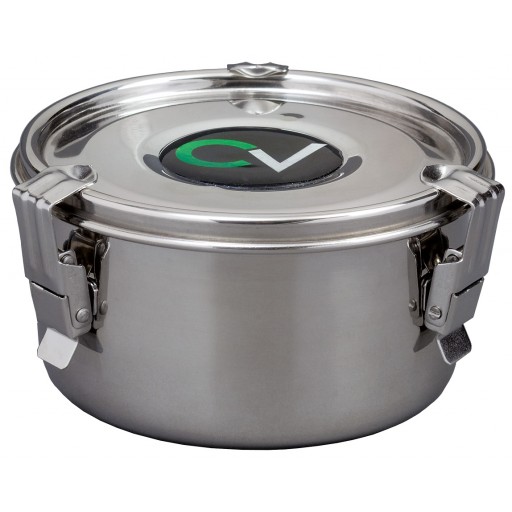
Different countries across the world are rapidly adopting and legalizing the growing and use of marijuana for different purposes. A recent study article shows that modern science and technology is picking up among marijuana farmers with Canada being among the first nations to use greenhouses for commercial production of the hemp plants. This is, however, done with strict adherence to certain rules that ensure the highest quality is obtained.
10 Best Gift Ideas for Cannabis Connoisseurs and Growing Aficionados (2022)
December 7, 2022Developing and Optimizing a Cannabis Cultivation System
December 14, 2021Dealing with Insomnia: How Can CBD Help?
December 10, 2020Your Guide to Sleep and CBD
December 7, 2020
Do you want to receive the next Grower's Spotlight as soon as it's available? Sign up below!

Do you have any questions or comments?
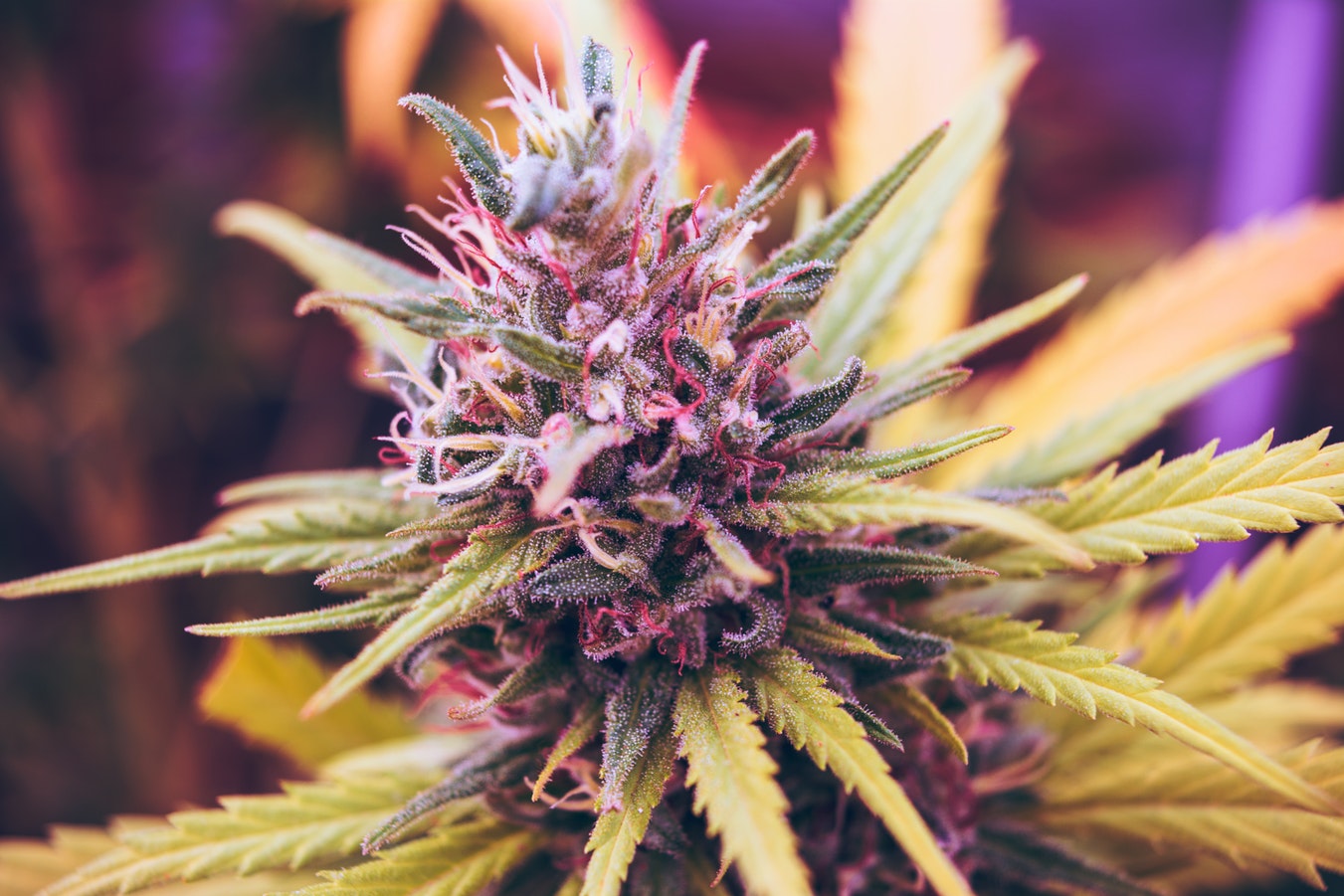
About the Author
Jessica K has been closely studying the cannabis industry trends from quite some time. Intrigued by the booming growth of this sector, she takes an interest in penning down her views providing quality insight on current marijuana trends, particularly medical cannabis.